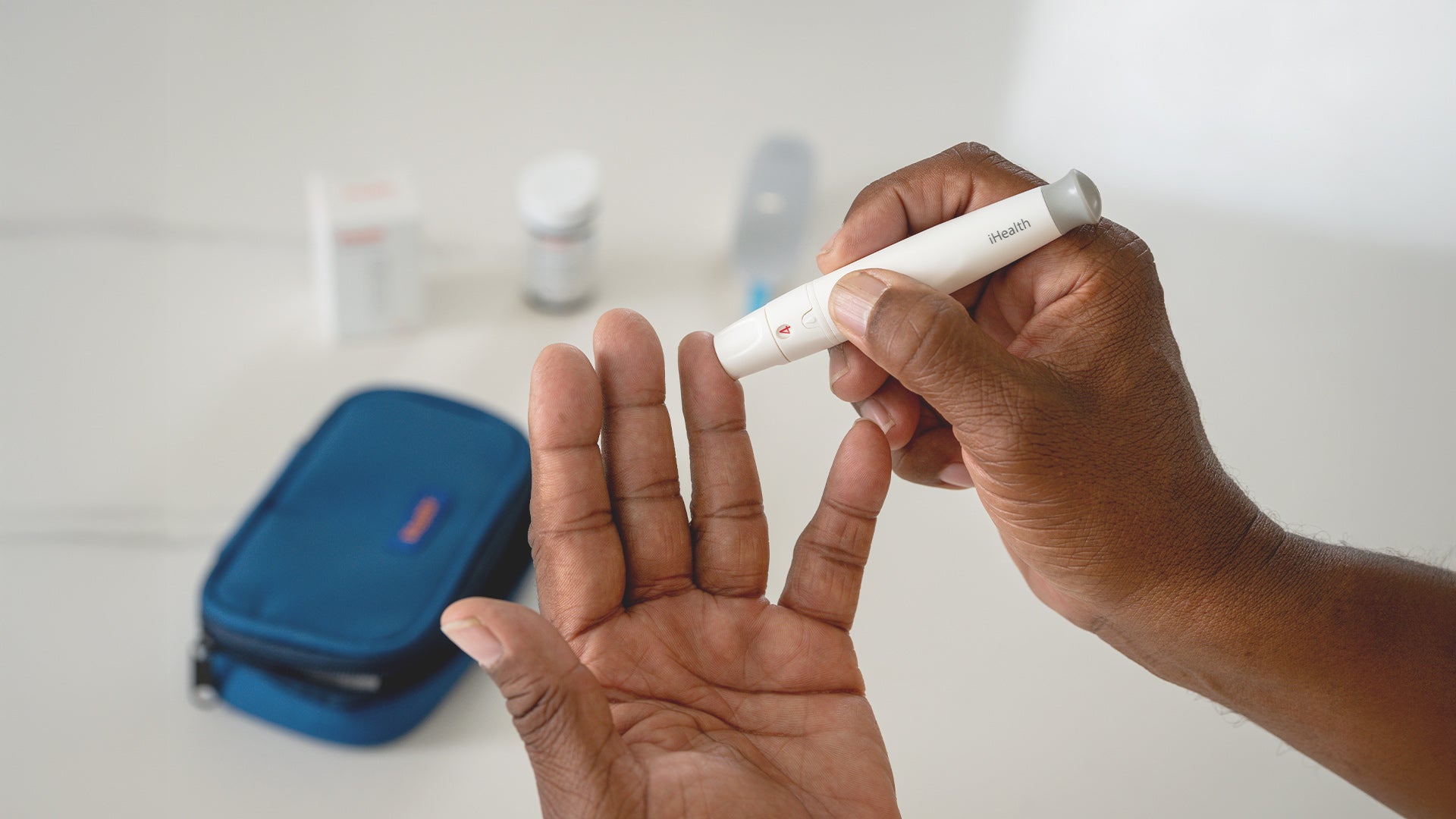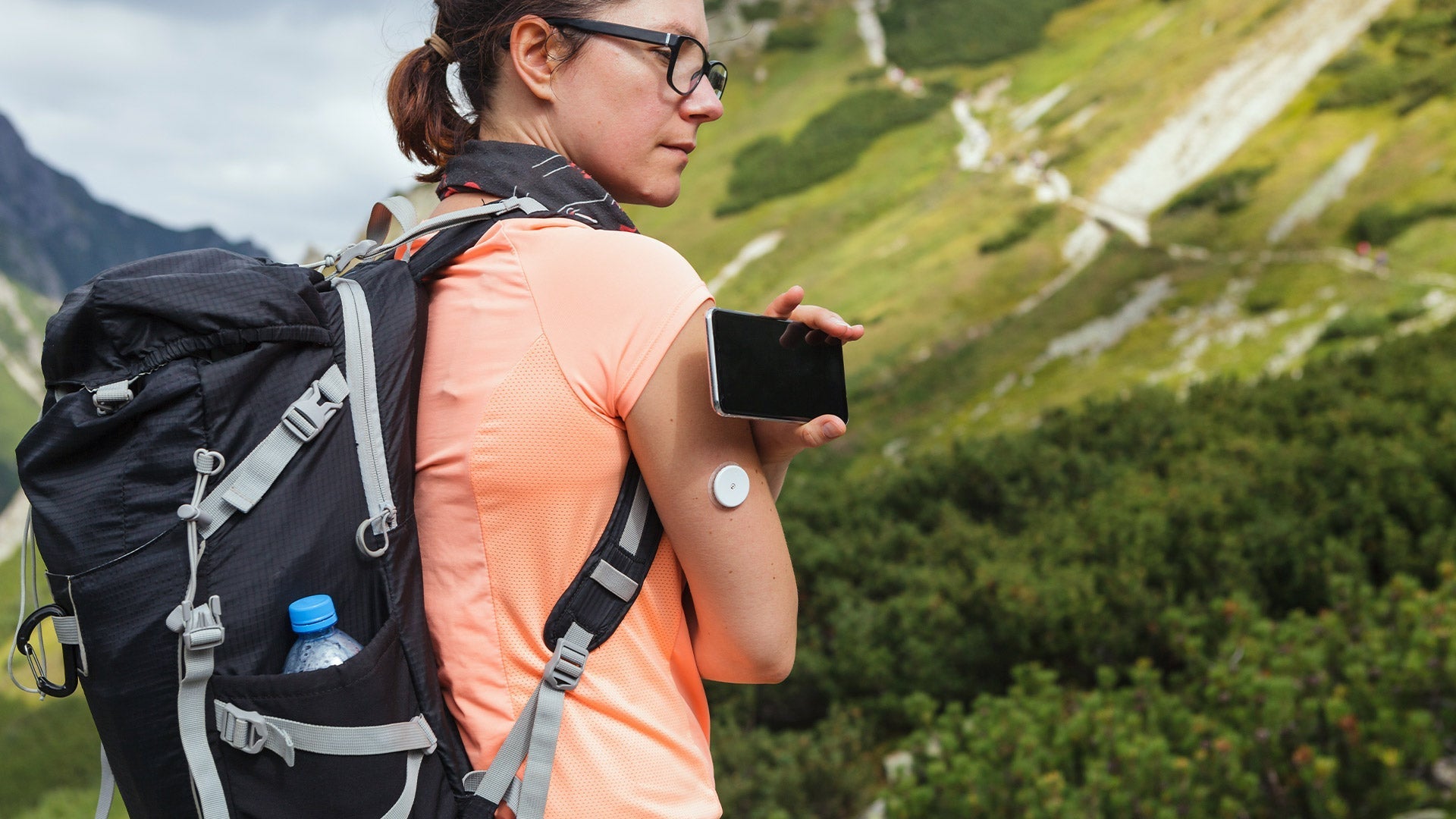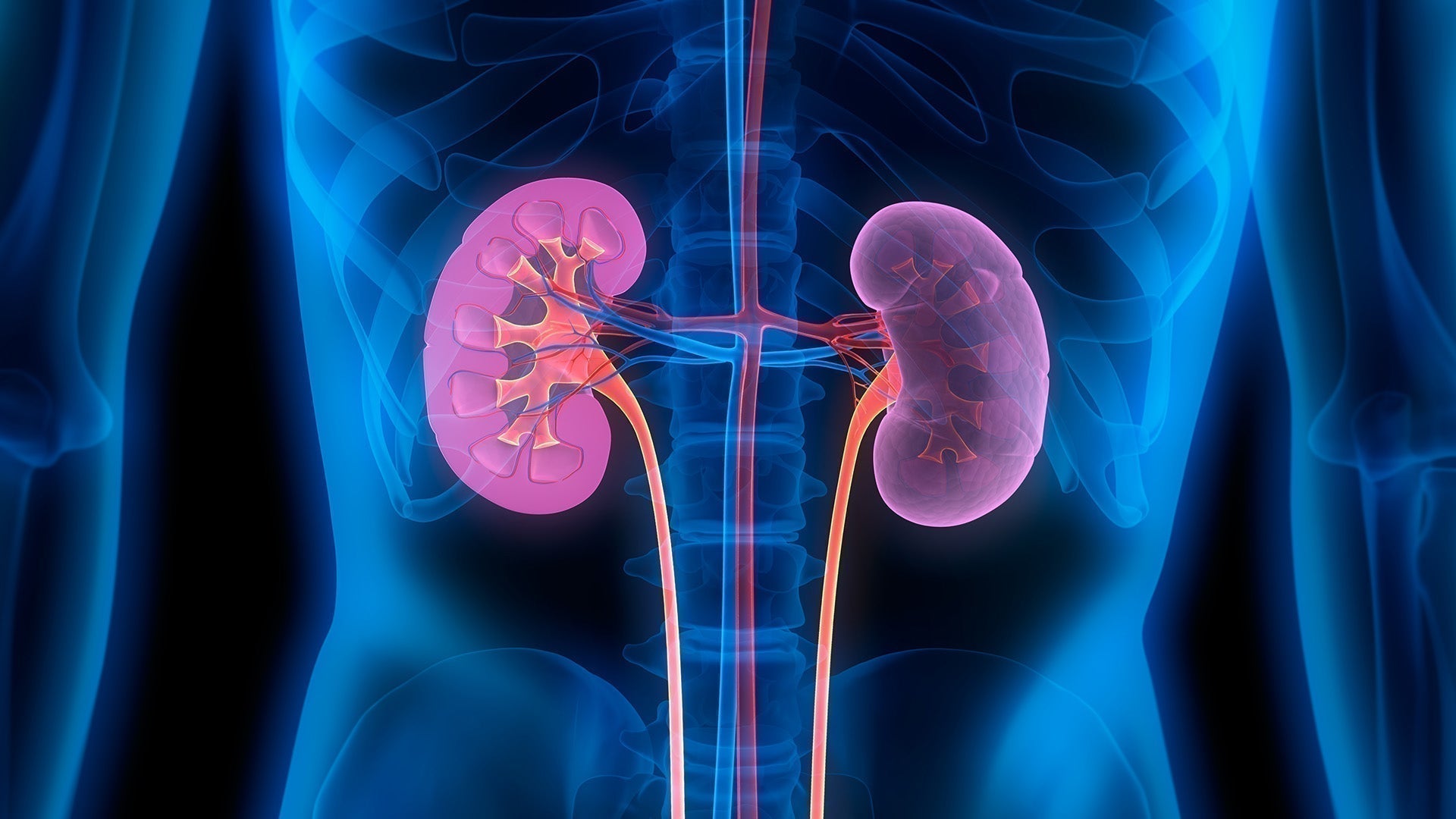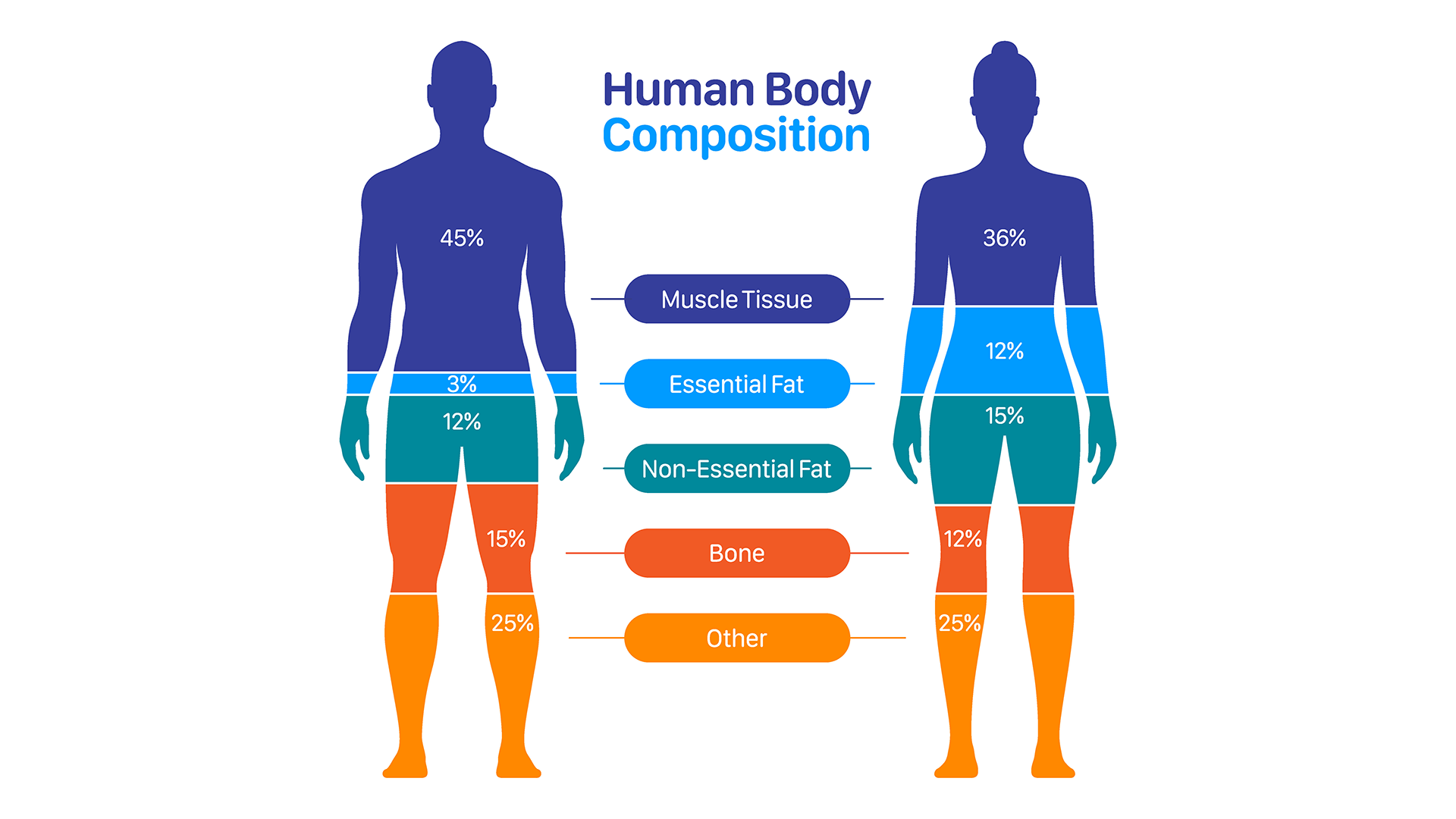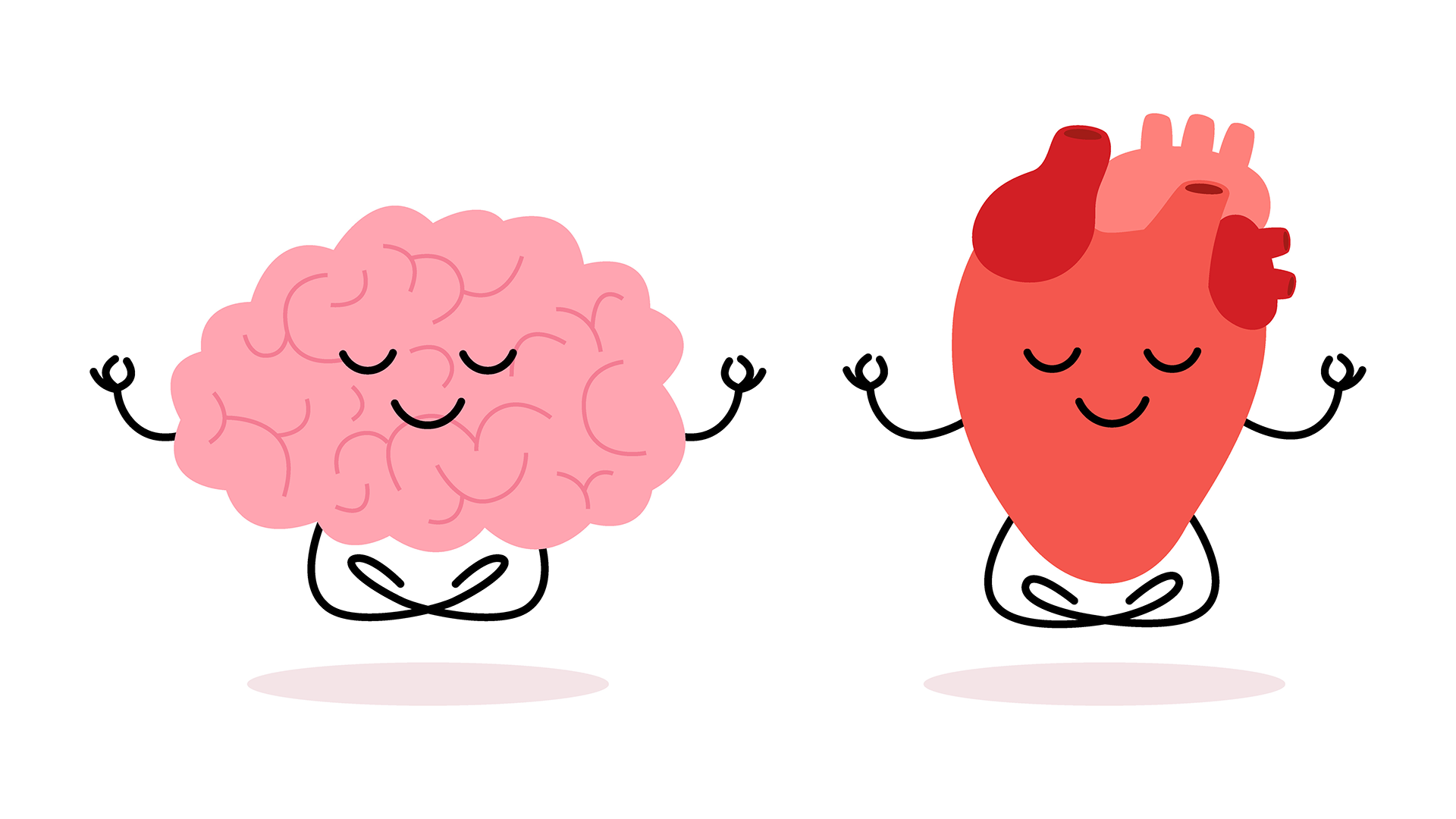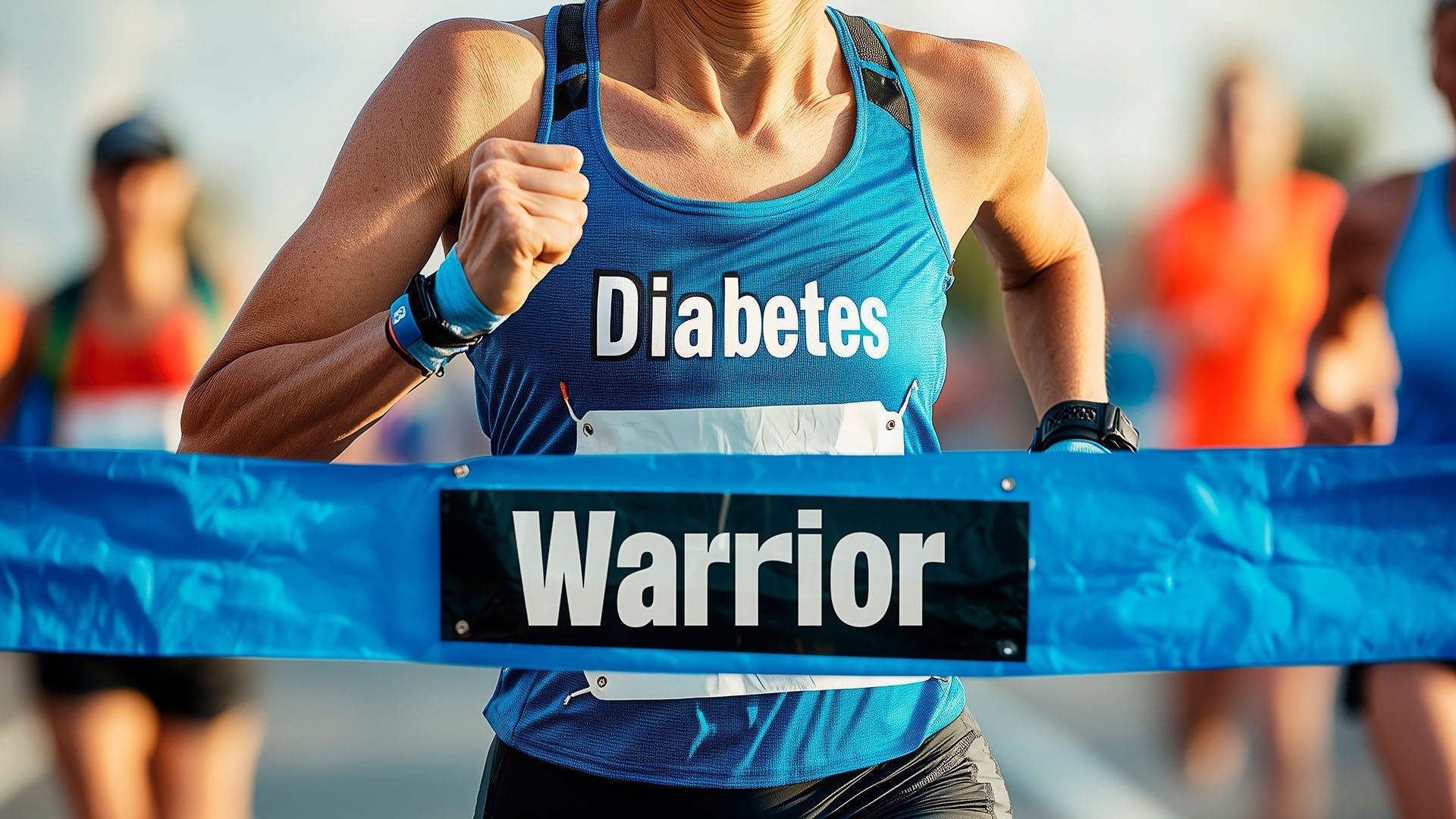Learn Your Way
to A Healthier Life

Diabetes affects over 38 million Americans, with nearly 1 in 5 not even aware that they have the condition. Diabetes occurs when the body either doesn't produce enough insulin or cannot effectively use the insulin it produces, resulting in elevated blood sugar levels. If left unmanaged, these high levels can lead to serious complications including heart disease, kidney failure, vision loss and nerve damage.
There are primarily two types of diabetes:
- Type 1 diabetes is an autoimmune condition where the body attacks insulin-producing cells in the pancreas, leading to little or no insulin production. Individuals with type 1 diabetes require daily insulin administration.
- Type 2 diabetes is the more common type—where the body becomes resistant to insulin or doesn't produce enough of it. Lifestyle factors, such as physical inactivity, poor diet, obesity and genetic predisposition significantly contribute to the development of type 2 diabetes.
The American Diabetes Association (ADA) established Diabetes Alert Day, observed annually on the fourth Tuesday of March—falling on March 25 in 2025—to raise awareness about diabetes prevention and management, including understanding the prevalence of type 2 diabetes and encouraging people to understand their risk factors.
The Role of Glucometers in Diabetes Management
An effective method for managing diabetes is through regular monitoring of blood sugar levels using glucometers and leveraging that data to adjust your diet to be more balanced and nutritious. Glucometer levels provide immediate feedback on how your body responds to food, activity and medication—allowing for timely adjustments in treatment plans and lifestyle choices.
How Glucometers Work
Modern glucometers are small, portable devices that measure the concentration of glucose in a small drop of blood, typically obtained by pricking a fingertip with a lancet. The process is quick, relatively painless and provides results within seconds. Glucometers have become increasingly user-friendly, with features like larger displays, memory storage and connectivity options that allow data sharing with healthcare providers.
The benefits of regular monitoring with a glucometer include:
- Immediate feedback. Glucometers provide real-time data, allowing for prompt adjustments in diet, activity or medication.
- Early detection. Regular monitoring can identify elevated blood sugar levels before they manifest into noticeable symptoms for prediabetes or type-2 diabetes.
- Personalized management. Understanding how diet, physical activity and medications affect blood sugar helps tailor lifestyle choices and treatment plans.
- Prevention of complications. Maintaining blood sugar within target ranges reduces the risk of complications such as heart disease, kidney failure and vision loss.
- Empowerment. Self-monitoring fosters a sense of control and responsibility over one's health, leading to better adherence to diabetes management plans.
Using Glucometer Data to Guide Nutritional Choices
The true power of blood sugar monitoring is using the data to make informed decisions about nutrition and lifestyle. By tracking glucose responses to different foods and meals, individuals can develop personalized eating plans that work best for their unique physiology.
The Testing Pair Strategy
A simple but effective approach involves checking blood sugar before eating and again 1-2 hours afterward. This "testing pair" reveals how specific foods affect blood glucose. Over time, patterns emerge that can guide food choices.
For example, someone might discover that a breakfast of instant oatmeal causes a significant spike in blood sugar, while steel-cut oats with added protein produces a more moderate response. Without monitoring, these individualized responses would remain unknown.
Identifying Hidden Glucose Triggers
Blood sugar monitoring can also uncover unexpected foods that trigger glucose spikes. Foods marketed as "health foods" may contain hidden sugars or refined carbohydrates that raise blood sugar more than anticipated. By testing after consuming these foods, individuals can make better choices about including them in their diet.
Comprehensive Lifestyle Management Beyond Diet
While nutrition and monitoring form the foundation of diabetes management, other lifestyle factors can significantly impact blood sugar control:
Physical Activity
Regular exercise increases insulin sensitivity, allowing the body to use glucose more effectively. Blood sugar monitoring before and after physical activity provides valuable information about how different types and intensities of exercise affect glucose levels, helping to prevent exercise-related hypoglycemia (low blood sugar).
Stress Management
Stress hormones can raise blood sugar levels, even without food intake. Monitoring during periods of stress helps individuals recognize this connection and implement stress-reduction techniques like meditation, deep breathing or gentle exercises.
Sleep Quality
Poor sleep affects glucose metabolism and can increase insulin resistance. Observing blood sugar patterns alongside sleep quality will most likely manifest this cause-effect relationship and demonstrate the need for consistent, quality sleep.
On American Diabetes Association Alert Day, let's recognize the value of blood sugar monitors and the information they provide to help manage diabetes and develop personalized lifestyle and diet strategies for stable blood sugar levels.
References
- CDC - National Diabetes Statistics Report
- World Health Organization - Diabetes
- CDC - Diabetes Basics
- Cleveland Clinic - Blood Sugar Monitoring
- Mayo Clinic - Prediabetes
- CDC - Monitoring Your Blood Sugar
- National Library of Medicine - Data-driven meal events detection using blood glucose response patterns
Sign Up For More From iHealth
Receive the Latest News and Special Offers

